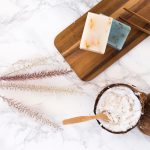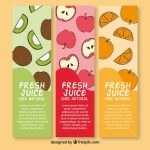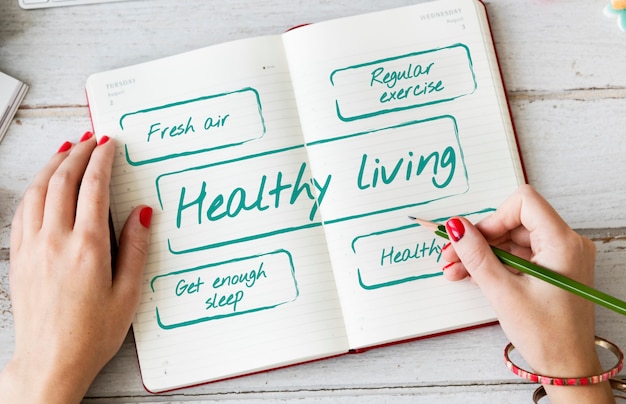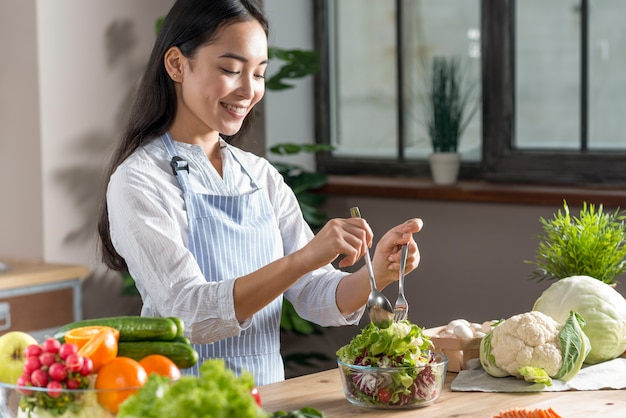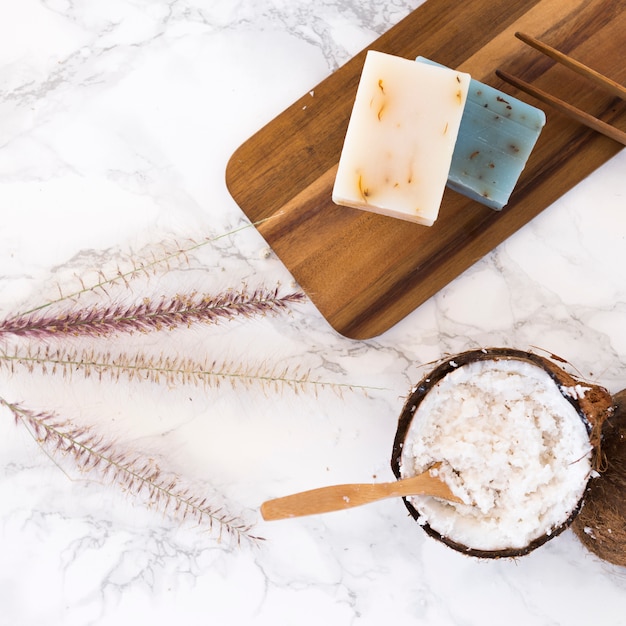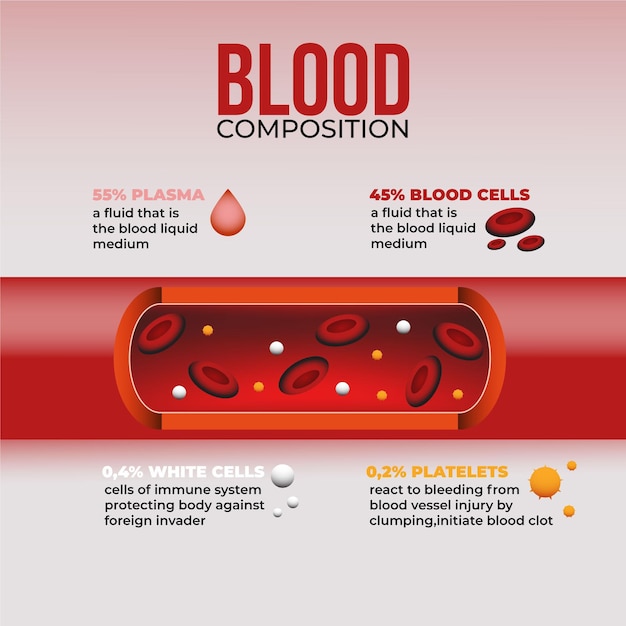
Iron is a vital nutrient for our bodies, mainly because it helps make hemoglobin – a protein found in red blood cells that carries oxygen around the body. Additionally, iron helps transport carbon dioxide from various tissues to our lungs for exhalation. Not getting enough iron can lead to anemia, a condition reducing the oxygen supply to your body, potentially leading to several health risks. Fortunately, there are ways to increase your iron intake naturally or using supplements.
Anemia is quite common and happens when your body doesn’t have enough red blood cells. This can be due to blood loss, inadequate production, or the destruction of red blood cells. With enough iron, your body can produce the necessary hemoglobin and create more red blood cells to ensure the circulation of oxygen-rich blood.
Anemia symptoms can often seem like common illnesses, so proper diagnosis is crucial. The symptoms can include headaches, lightheadedness, slowed thinking, weakness, weaker immunity, heart palpitations, breathlessness, dry hair, sleep problems, and glossitis (an inflamed tongue).
You can boost your iron levels by eating specific foods. These include:
1. **Spinach**: This leafy green is packed with vitamin C (which helps absorb iron) and antioxidants. Eating a cup of cooked spinach gives you over 6mg of iron, plus plenty of other essential nutrients.
2. **Sesame seeds**: Containing roughly 20gm of iron per serving, these nutrients-rich seeds can be added to your salads.
3. **Shellfish**: They’re particularly rich in the type of iron that’s easily absorbed by our bodies. Just 100gm can provide up to 155% of your recommended daily iron intake.
4. **Animal Proteins**: Foods like red meat, liver, and eggs are iron-rich. Be careful with organ meats like liver as consuming too much can lead to vitamin A toxicity due to their high vitamin A levels.
5. **Chickpeas**: A staple in Indian diets, these legumes provide about 5mg of iron per cup. They’re also a great protein source.
6. **Soybeans**: With about 4mg of iron per cup, soybeans are not only protein-rich but also contain other useful minerals like copper and manganese.
7. **Black beans**: These delicious beans deliver up to 4mg of iron per cup.
8. **Quinoa**: This gluten-free grain has been gaining popularity for its high nutrient content, including about 2.8gm of iron per 185gm serving.
9. **Turkey**: Considered a healthy meat, 100gm of turkey provides about 2.3gm of iron plus various vitamins and minerals.
Remember to pair your iron-rich meals with vitamin C-rich foods for better iron absorption. Also, steer clear of food that could hinder iron absorption if you’re aiming to increase your iron intake. Incorporating food rich in beta-carotene (like red peppers and apricots) and vitamin B12 can also help improve absorption and increase blood cell production.
Anemia can affect anyone, regardless of their age. It’s important to see a doctor if you’re experiencing fatigue or any other related symptoms for an extended period. Your doctor will likely conduct a blood test to check your hemoglobin levels and recommend suitable interventions based on the results.
About Jennifer: As a wellness lifestyle writer, Jennifer shares insights and personal experiences about natural remedies, Ayurveda, yoga, and fitness. At present, she writes for How To Cure, helping others navigating their health journey using natural remedies.
Categories: HealthyTips
Tags: Anemia, healthy food



